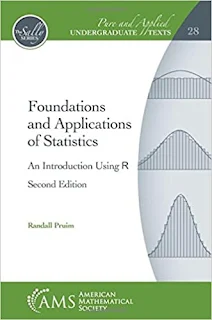Data Analysis for Business Decisions: Case Studies in Excel, R, and ChatGPT
Andres Fortino ... 440 pages - Language: English - Publisher: Mercury Learning and Information; (January, 2025).
In today’s data-driven world, the ability to analyze and interpret data is no longer optional-it’s a necessity for making informed business decisions. This book provides a comprehensive, hands-on guide to mastering the essential techniques and tools that empower business analysts to transform raw data into actionable insights. Packed with practical exercises and real-world case studies, this book focuses on applying statistical methods across the most widely used tools, including Excel, R, Python, and generative AI platforms like ChatGPT. Key topics include framing analytical questions, descriptive and advanced statistical techniques, text analytics and A/B testing, and big data and visualization. Whether analyzing sales trends, optimizing marketing strategies, or improving operational efficiency, you’ll gain the skills to make data-backed decisions that drive business success.
Features: • Includes hands-on exercises with industry-standard tools, including Excel, R, Python, and generative AI • Covers step-by-step instructions for advanced techniques like time series forecasting and contingency analysis • Uses real-world case studies to demonstrate the application of concepts to business scenarios
In today’s data-driven world, the ability to analyze and interpret data is no longer optional-it’s a necessity for making informed business decisions. This book provides a comprehensive, hands-on guide to mastering the essential techniques and tools that empower business analysts to transform raw data into actionable insights. Packed with practical exercises and real-world case studies, this book focuses on applying statistical methods across the most widely used tools, including Excel, R, Python, and generative AI platforms like ChatGPT. Key topics include framing analytical questions, descriptive and advanced statistical techniques, text analytics and A/B testing, and big data and visualization. Whether analyzing sales trends, optimizing marketing strategies, or improving operational efficiency, you’ll gain the skills to make data-backed decisions that drive business success.
Features: • Includes hands-on exercises with industry-standard tools, including Excel, R, Python, and generative AI • Covers step-by-step instructions for advanced techniques like time series forecasting and contingency analysis • Uses real-world case studies to demonstrate the application of concepts to business scenarios



















